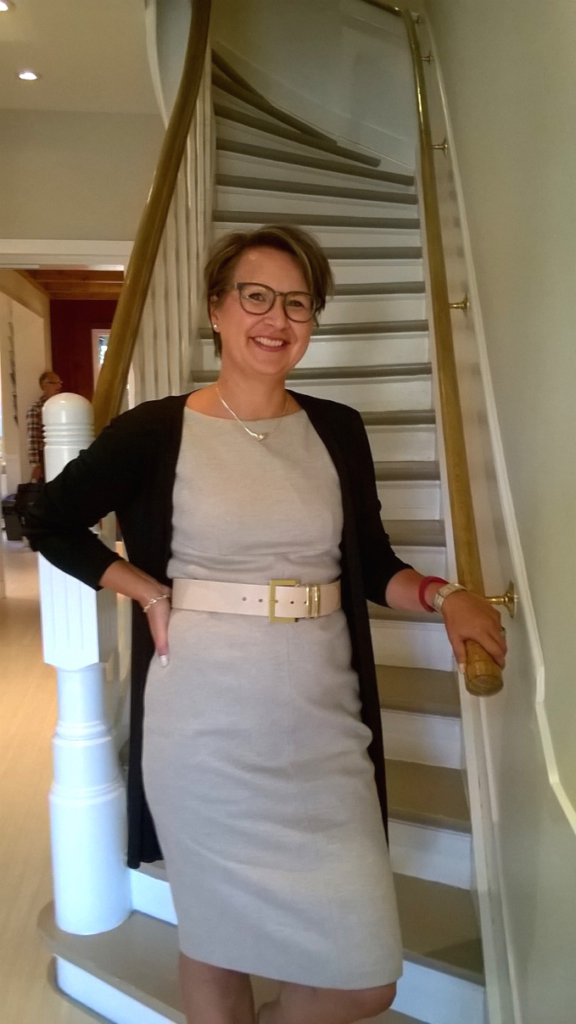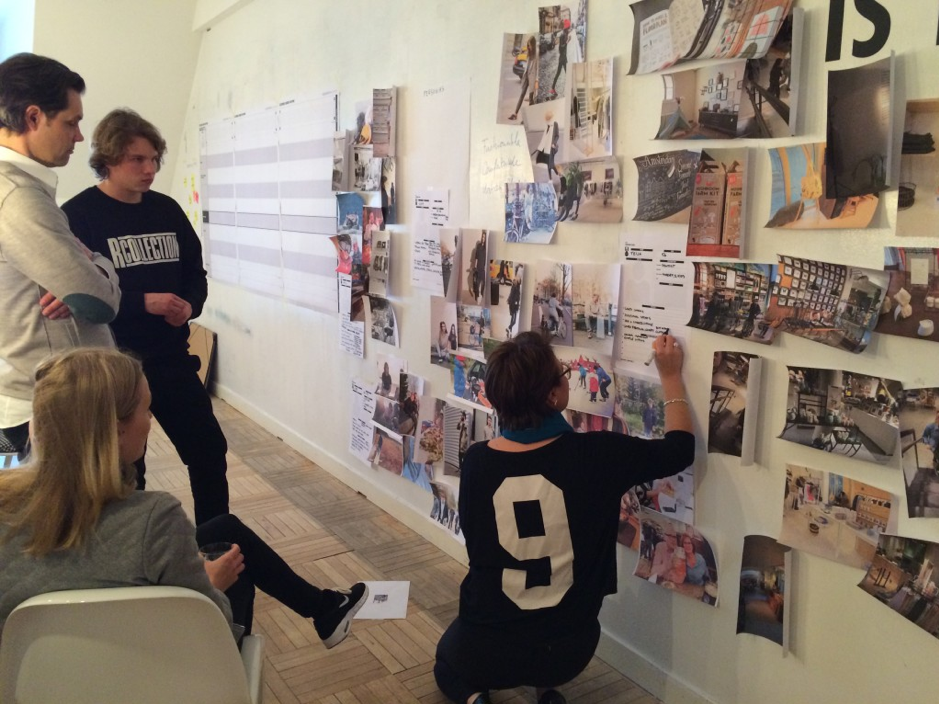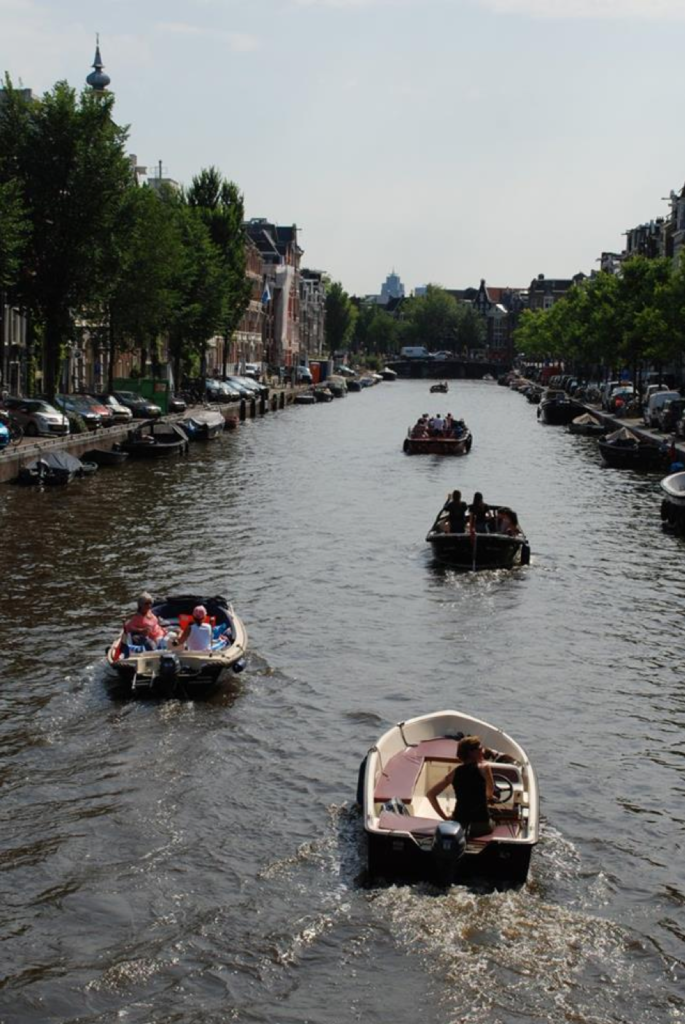Petra Wullings is responsible for bringing several top tier tech companies from the Nordics to the European market. Originally from Finland, and now located in the Amsterdam area, Petra is the CEO and founder of TradeMill, a Go-to-Market consulting firm that uses unique techniques to scale up businesses. Over the past two years she has worked with an increasing number of clients from clean tech, the circular economy and digital services sectors, which seem to be some of the fastest growing industries in the Nordics.

As for the best part of her work, Petra describes the feeling: “When we see that all of the effort we have done for our client is appreciated, yielding results and bringing them further on the market.”
“One of the most common mistakes, despite your industry or company size, is to expect that the foreign market works the same way as your home market,” Petra commented.
Petra stressed that at first sight the new market might look very similar to the home market (even between various European markets), but the deeper you dig, the more you discover reasons to customize your market approach. Too often localization is also understood merely as translation work.
“We notice that companies who are open, ready to change and adapt are the ones who have the best and fastest chance to break through and get access to the business,”Petra said.
According to Petra, having a product that solves the problem of a potential customer in a new market (problem-solution fit) is not nearly enough. In her projects, Petra is aiming for the full circle that includes product-market-fit and business-model-fit.
“In order to be attractive, your solution should actually generate value for the client (product-market fit). But not even this is enough, the company also needs to understand the way to bring the product to the local market and how the clients want to do business with your company (business model fit),” Petra said.

Petra predicts a successful entry to the market for those who manage to discover and break through all the three layers. Furthermore, Petra names customer service as the key differentiator between competitors. Therefore, succeeding in a new market requires understanding of the client’s entire value chain.
“Services should not be designed for the client, but for the client’s client,” Petra said.
Smaller businesses might have more limited resources, but Petra still advises SMBs to include locals on the team from the beginning and to hire or buy resources when necessary. Different sets of skills will be needed in different phases of market entry, and therefore it is wise to hire a (small) team of individuals or freelancers on a project basis. It is also possible, to minimize risks, to purchase market entry support services without hiring immediately. Some quick research conducted by a native speaking market expert might end up saving a lot of valuable time and resources later on.
Legal aspects of localization should be also considered. Registering your business, opening an office and establishing all the necessary legal documents can be a challenge for companies without a local network and cultural understanding. But this doesn’t hinder market research and prospecting efforts.
According to Petra, market research studies can be launched and meetings with prospective clients can be set even if the legal entity is still under construction. However, sometimes it is good to understand the market and its needs before setting up the legal entity. It could be that there’s no need for your solution on the market.
“Failing fast is also a result and can save you a lot of resources and time,” said Petra.
As a final thought, I asked Petra to give a pro-Dutch-market-entry-tip to a start-up friend over a cup of coffee (orgezellig kopje koffie — in Dutch).
“Look for support from locals, respect their advice, ask for and listen to feedback. Learn from it and be ready to adopt your product, service and your way of doing business, if necessary,” Petra said.
